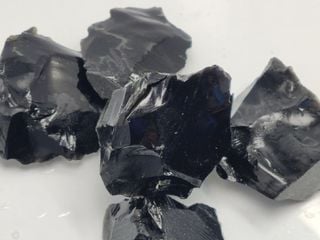Scientists may have discovered a new basic taste
Researchers have uncovered evidence suggesting that the compound ammonium chloride might trigger a new, undocumented taste sensation.

Researchers have uncovered evidence suggesting that a compound found in some foods might trigger a new, undocumented taste sensation.
Led by USC Dornsife neuroscientist Emily Liman, the study revealed that the compound ammonium chloride activates the same protein receptor as sour taste, potentially expanding the list of basic tastes that we can recognise from five to six.
A "basic taste" refers to a fundamental flavour sensation, like sweet, sour, salty, bitter or umami, that our taste buds can detect.
This sixth basic taste is currently under scientific investigation and could be associated with specific flavours found in salt liquorice.
The sixth basic taste: an evolutionary adaptation?
Liman and her team discovered that the tongue's response to ammonium chloride is mediated by the protein receptor OTOP1, which is also responsible for sensing sour taste.
She speculates that the ability to taste ammonium chloride might have evolved to help organisms avoid eating harmful biological substances that have high concentrations of ammonium.
"Ammonium is found in waste products - think of fertiliser - and is somewhat toxic," she explained, "so it makes sense we evolved taste mechanisms to detect it. [For example], chicken OTOP1 is much more sensitive to ammonium than zebrafish."
The scientist suggested that these variations may reflect differences in the ecological niches of different animals.
"Fish may simply not encounter much ammonium in the water, while chicken coops are filled with ammonium that needs to be avoided and not eaten," she added.
Towards a deeper exploration of taste and sensation
She cautioned that this is very early research and further study is needed to understand species differences in sensitivity to ammonium and what makes OTOP1 channels from some species sensitive and some less sensitive to ammonium.

Nevertheless, as research delves deeper into the world of taste and sensory perception, there's the possibility that ammonium chloride may soon become the sixth established basic taste.








